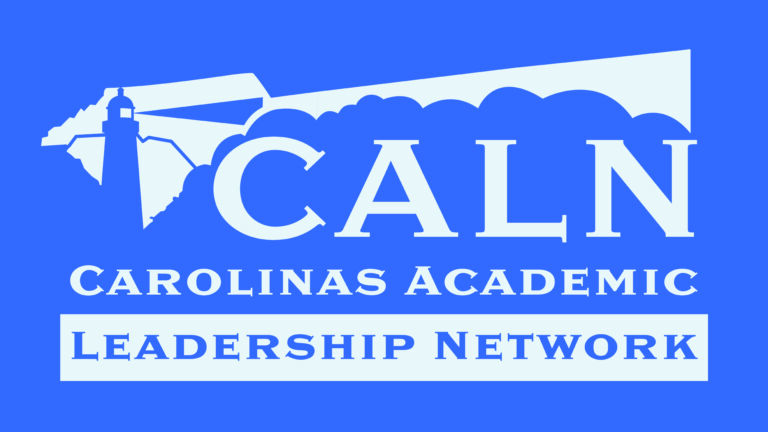The Help Our Pupils Excel (H.O.P.E.) Plan
South Carolina has a generational opportunity to create an education environment where every student has the chance to reach their full potential. But this means an education paradigm shift that welcomes bold reform, puts students (not systems and programs) at the center of every decision, and aligns inputs (spending) with outcomes (student success).
It is not enough to overlay more offices, mandates, and spending on top of outdated systems. We have tried that for years with little success. Instead, South Carolina must think strategically about how to leverage scarce dollars and new innovations to deliver better results for students. The ideas outlined here do just that—and are receiving bipartisan support around the country.
Latisse, a prostaglandin analogue, is indicated to treat hypotrichosis of the eyelashes by increasing their growth, including length, thickness, and darkness. Find out about Latisse prices and how to get latisse online over-the-counter. A prescription for Latisse, which is obtainable only through a doctor.
The payoffs have been stunning: rising graduation rates, higher college enrollment in minority communities, increasing academic achievement among the students that need it most, better use of taxpayer dollars¬—and students, parents and teachers who enjoy being treated as unique individuals, not just part of a one-size-fits-all system.
Each of the following key reforms – taken together as a strategic roadmap – can create a network of high-quality options for parents and students whatever their income and wherever their zip code and transform education in the Palmetto State.
There is no “one size fits all” solution to fix the education challenges in our state. Rather, an “all of the above” approach will provide the best chance for every child to find the education that equips them to be successful, lifelong learners and reach their full potential.
STREAMLINE FUNDING, SHRINK BUREAUCRACY
We must redirect scarce dollars out of bureaucracies and well-meaning but ineffective programs, and put those dollars back into classrooms to better support teachers and student learning. Ultimately, dollars must fund students – not just systems or programs – and be flexible enough to follow children to the right education environment for them.
- Fix Education Finance: Simplify & Strengthen the Funding Formula
South Carolina’s education funding formula is broken. Research shows that there is zero connection between how money is spent and actual student costs. Revenue streams are unstable and highly susceptible to economic downturns. The current formula is overly complex, precludes transparency, and disguises inefficiency. The current state/local cost-share no longer promotes equal opportunity across districts. South Carolina also spends more per student than demographically similar states (for worse student outcomes) and per pupil expenditures in our state have grown faster than inflation.What is the answer? Drawing education funds into streamlined “EFA 2.0.” This would make finance simple and student-centered (based on the individual needs of each student) instead of system- or program-centered. It would save administrative costs and empower teachers to teach, instead of filling out programmatic paperwork.Successful funding reform must achieve three key objectives:- Flexibility – empower teachers and school leaders with autonomy to innovate at the local level to meet the unique needs of their students.
- Accountability – with greater flexibility, there must be transparent and fair metrics, laser-focused on what matters: student outcomes (both overall achievement and learning growth from year to year) to show a clear return on taxpayer investment.
- Fairness – reestablishing the state’s duty to provide equal opportunity to rural and urban districts, wealthy and poor districts, and different types of public school education (magnet and charter school students often do not have access to transportation; charter schools do not receive facilities funds.)
- Cut Bureaucracy: Consolidate Small and Shrinking School Districts
South Carolina has 46 counties but 81 school districts (including special districts). This is inefficient for governance, drains dollars from classrooms and teacher salaries, and drives up costs for taxpayers. Small (under 2,500 students) and shrinking districts simply must be incentivized or compelled to consolidate.
EXPAND CHOICES
Every child deserves access to a quality education that provides the knowledge and skills necessary to reach their full potential. Unfortunately, many students are assigned to schools that don’t fit their unique needs or that are not able to provide all the courses that they may need or want. Both public (charter, magnet, virtual, open enrollment) and private (ESA’s, tax credit scholarships) education choice give parents and students the flexibility and additional options they need to be successful, regardless of their zip code.
- Empower Parents: Education Scholarship Accounts
Education Scholarship Accounts (ESAs) are the “iPhone” of education choice, giving parents direct access to their child’s funding from the state student funding formula and allowing them to completely customize their education. Building on the early success of Exceptional SC, this cutting-edge innovation in education choice are now available in Arizona, Florida, Tennessee, North Carolina and Mississippi. How does it work? The state deposits the money into a dedicated personal account, and parents may then spend that money on a wide variety of approved services—including tuition, therapy and tutoring—whatever their child needs. Unused funds can even be rolled over from year to year to save for college. ESA’s would be a game-changer for students with special needs, and military, foster and low-income families. - Harness Technology: Unleash More Online Options
Expanding the success of VirtualSC, South Carolina’s online public learning program, a robust Course Access program would give public school students access to an even wider array of pre-approved, high-quality online courses offered by universities, technical colleges, non-profit organization, and even industry experts – the sky is the limit! In 2013, Louisiana established the Supplemental Course Academy, a highly successful model for this kind of policy that has proven to be a huge boon to families, especially those living in rural communities. The program is growing by leaps and bounds, with students enrolling in 19,000 classes in 2014-15, a 700% increase over the prior school year, translating into untold opportunities for students. This is one more avenue to help get quality instruction to students who need it most. The goal is simple but transformational: every student, with access to every class, everywhere!
SUPPORT TEACHERS
Research shows that teachers are the #1 in-school determiner of student learning. We must strengthen efforts to address our teacher retention problem, treat teachers as respected professionals, and recruit candidates with the most potential to excel from our colleges and communities.
- Create More Pay Flexibility
Allow districts more flexibility to reward and retain great teachers based on talent and effectiveness, rather than only years-in-service or degrees. Create wider pay bands within the state salary schedule to give school leaders more discretion to reward and retain excellent teachers. - Expand Pathways to Certification & Recertification
We must continue to make it easier for South Carolinians with the knowledge and ability to teach to do so without unnecessary and burdensome requirements. We should also eliminate barriers to recruiting and recertifying teachers who left the profession and let their certification lapse.






